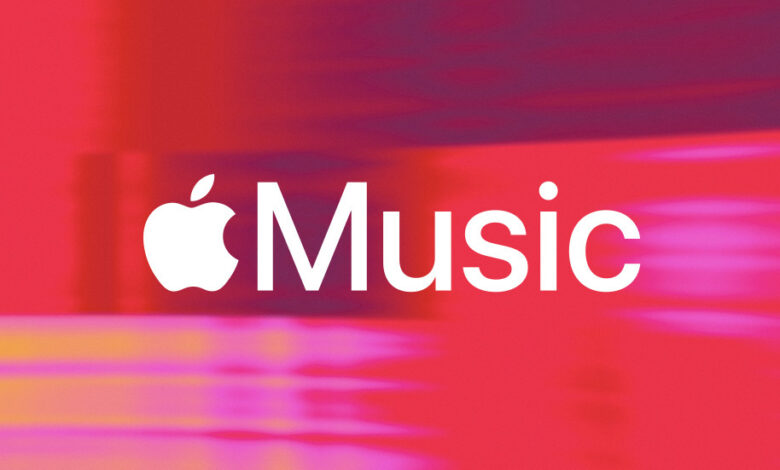The Establishment of Apple Music

Apple Music, a premier music streaming platform by Apple Inc., has emerged as a vital element within the international music market since it was created. Introduced on June 30, 2015, Apple Music signified Apple’s major entry into the streaming services sector, expanding on the company’s longstanding heritage in music advancements that originated with the iTunes service and the iPod.
Apple’s entry into music streaming was motivated by the changing dynamics of music consumption. The popularity of services like Spotify and Pandora highlighted a clear desire among consumers for instant access to music rather than relying on traditional downloads or physical media. Acknowledging this transition, Apple aimed to strengthen its presence in the digital music arena by providing a thorough streaming option.
The inception of Apple Music can be linked to Apple’s purchase of Beats Electronics in 2014 for $3 billion. This transaction was not solely focused on acquiring Beats’ hardware skills but also aimed at incorporating its emerging streaming service, Beats Music. The Beats Music platform provided groundwork for what would evolve into Apple Music by offering crucial insights related to content curation, user interaction, and subscription formats.
Apple Music set itself apart by merging a robust collection of more than 30 million tracks with carefully curated playlists, tailored suggestions, and exclusive material. Upon its debut, Apple Music unveiled three major features: the music streaming library, the around-the-clock live radio station Beats 1 (now known as Apple Music Radio), and Connect, a space where artists can share content directly with their audience. This all-encompassing strategy aimed to unite technology with the emotional ties that music fosters.
The service’s introduction was led by a high-profile marketing initiative and significant collaborations with artists such as Taylor Swift, who initially voiced concerns about artist compensation during the free trial phase of the service. Apple’s quick action in addressing these worries, agreeing to compensate artists throughout the trial period, highlighted the company’s dedication to cultivating solid connections within the music sector.
Apple Music swiftly gained popularity by taking advantage of its incorporation with the Apple ecosystem. Users could easily access the service across various devices, including iPhones, iPads, Macs, and Apple Watches. This smooth connectivity, along with Apple’s established brand loyalty, played a key role in its rapid expansion.
As time progressed, Apple Music broadened its services, introducing features like spatial audio, lossless streaming, and upgraded playlists that appealed to both audiophiles and casual listeners. It also became a center for exclusive album debuts, music videos, and live performances, further reinforcing its status as a cultural force within the music landscape.
Within just a few years, Apple Music has developed into one of the top music streaming services worldwide, rivaling Spotify directly. Its growth reflects Apple’s capability to respond to evolving market trends and its persistent dedication to innovation. By fusing state-of-the-art technology with a profound respect for the artistry of music, Apple Music has not only transformed how we experience music but has also redefined the future of the music sector.




